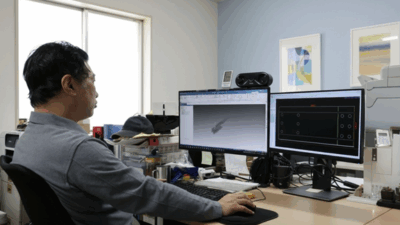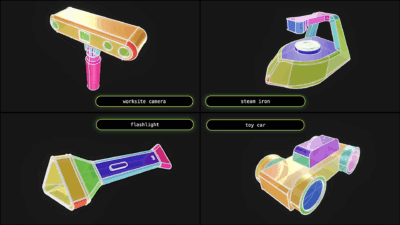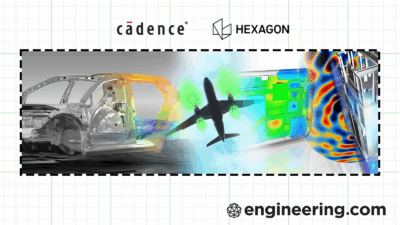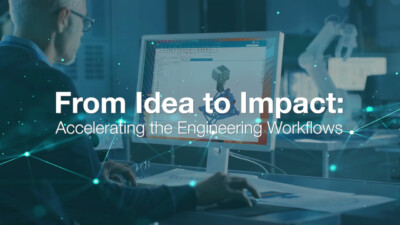CEE is an engineering company that owns a coffee roaster business because the best way to create a proof-of-concept is to do it yourself.
Siemens Solid Edge has sponsored this post.
Green energy initiatives are pushed out every year by companies in a variety of different industries and markets. While the concept of a “green initiative” is appealing on the surface, many companies relegate their environmentalism to a single line or moonshot project. CEE was founded on the idea that they wanted to be a clean tech supplier with a clear goal of pushing down CO2 emissions in energy intensive production processes.
While so many companies are founded on these green principles, CEE is looking to both talk the talk and walk the walk. Ray and Jules coffee was launched by CEE to be a centerpiece for the company to showcase what they can achieve with green technology and engineering, and demonstrate how it is not only possible, but also successful.
“I’m a clean tech entrepreneur, and I have a formation as an engineer. My brother is an engineer; my father is an engineer. My father’s father is an engineer. So, we have a serious problem in the family,” jokes Koen Bosmans, CEE’s founder and CEO.
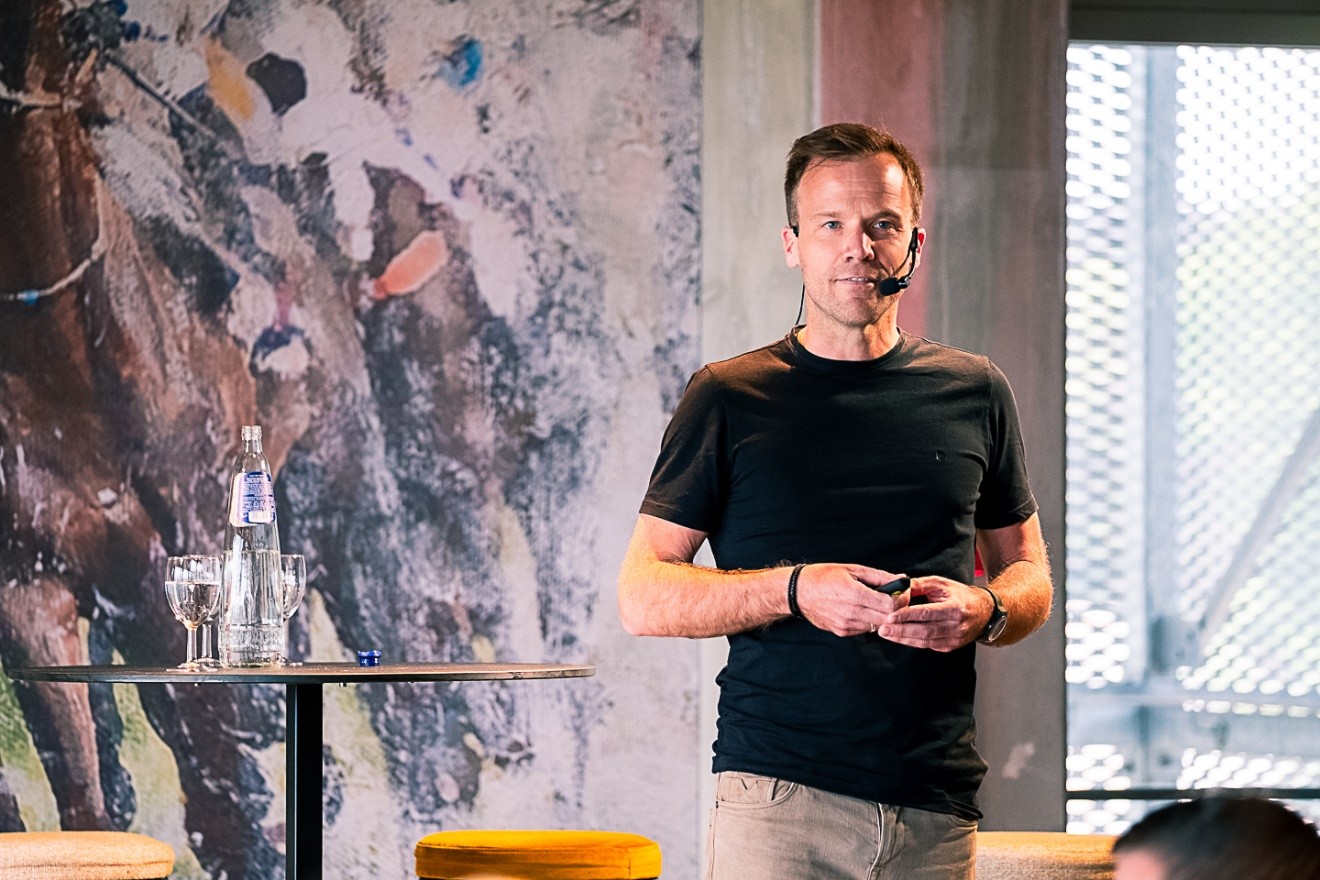
But all joking aside, it’s apparent that Bosmans is serious about green tech. He channels this generational expertise into transformative industrial solutions, aligning environmental sustainability with economic practicality.
CEE distinguishes itself through vertical integration, combining consulting, engineering and manufacturing under one roof. Unlike traditional firms specializing exclusively in one market, CEE’s approach allows a comprehensive and seamless service, enhancing the efficiency and feasibility of delivering complex technological innovations.
“Let’s say you have consulting companies, you have engineering companies, you have manufacturing companies,” Bosmans says. “And we decided, okay, let’s push all of this together under one umbrella in our niche of thermal treatment systems, energy efficiency, industrial energy efficiency. And voila! That’s what I’ve been doing the last 18 years.”
Engineering Meets Coffee
In 2014, CEE recognized a critical inefficiency in the roasting of bulk food products. Conventional methods relied heavily on batch roasting processes, characterized by high temperatures and significant energy consumption. Identifying an opportunity for meaningful impact, CEE developed a continuous roasting system that operated at lower temperatures and achieved significantly better energy conversion rates.
Like many established organizations, traditional industrial coffee roasters have a tendency to be extremely risk-averse, which means avoiding being an early adopter to new tech — especially when that tech requires capital investment or an overt shift in processes.
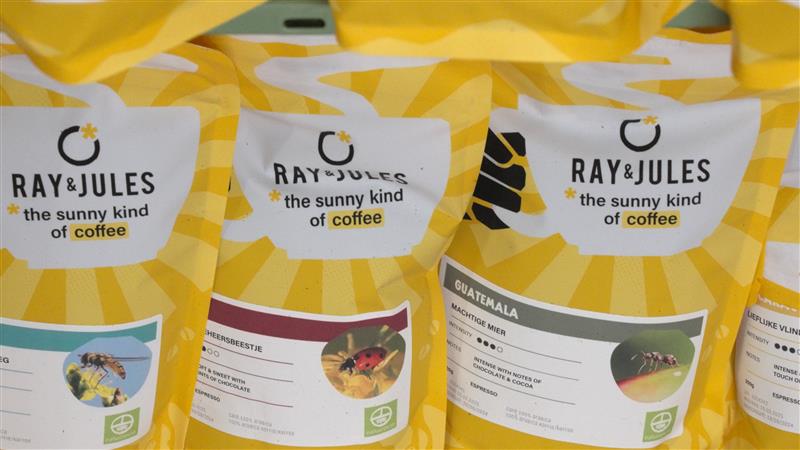
“Those big companies, they don’t like to take big risks in their eyes. In our eyes, it was not a big risk. It was like a calculated risk and one step at a time. Lots of tests and then a first pilot, and then a second pilot, and then the industrial scale. But those big established companies, let’s say they are risk averse and sitting on existing assets. They only move if they see it work elsewhere first, and that’s actually what we created. We created our own first reference for a certain technology ourselves,” Bosmans explains.
Determined to prove the viability of their technology and spread the influence of their energy-efficient opportunity, Bosmans and his team took the bold step of creating a sister company, Ray and Jules, in 2017 to prove the technology’s commercial viability. Ray and Jules became the world’s first zero-emission coffee roastery, exclusively powered by renewable energy and utilizing CEE’s innovative roasting system.
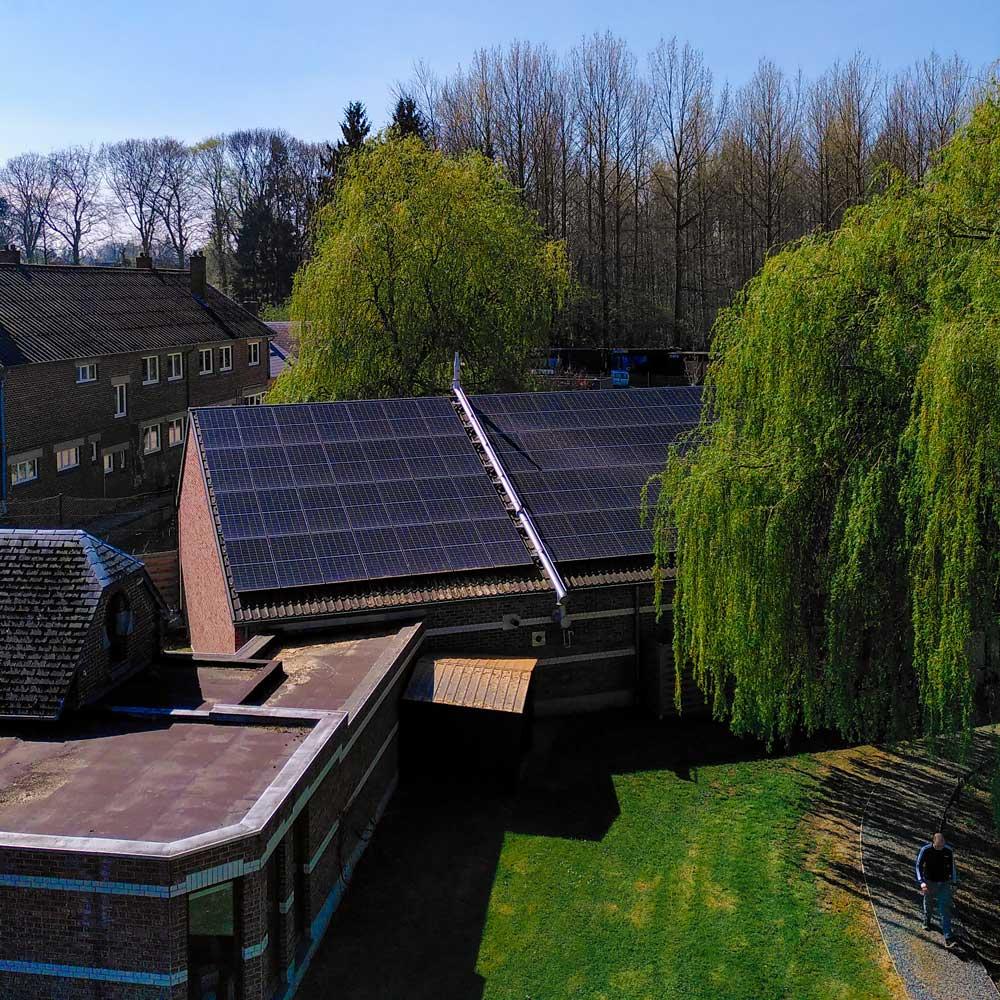
By acquiring an existing small coffee roastery, CEE combined their advanced technological knowledge with practical roasting expertise, bridging the gap between innovation and market acceptance. Over two years, they developed a fully operational facility, launching publicly in December 2019. Ray and Jules quickly gained traction, growing into a prominent brand in Belgium, now serving over 35,000 customers and clearly demonstrating consumer demand for sustainable alternatives.
Ray and Jules’ success provided a critical proof-of-concept, drawing attention from global leaders in the coffee, cocoa and malt industries. Companies previously cautious about adopting new technologies were now keen to explore the potential benefits. CEE strategically invited these industry giants to conduct tests with their own raw materials at Ray and Jules’ facility, providing tangible evidence of the technology’s effectiveness. This approach significantly lowered perceived risks, gradually fostering acceptance and adoption of CEE’s innovations within traditionally conservative industries.
“That’s what was needed to make them shift a little bit. That’s how Ray and Jules actually became part of the CEE group, and now it’s a well-known coffee brand in Belgium with a large number of clients,” Bosmans says.
Evidence-Based Engineering with the Help of Simulation
Central to CEE’s engineering process is their strategic deployment of Siemens’ Solid Edge software, part of the Designcenter suite, and their offering of 3D modeling, simulation and analysis capabilities. CEE has a need to create precise and meticulous designs, which is crucial for efficient and accurate on-site implementation. Nuts, bolts, washers and detailed assembly marks are added into the design, ensuring that installations proceed smoothly, rapidly and with minimal disruption to existing operations.
Solid Edge’s simulation capabilities, particularly in computational fluid dynamics (CFD), play a crucial role in CEE’s design process. By using Simcenter FLOEFD to perform CFD simulations, the company’s engineers are able to precisely analyze and optimize thermal interactions within roasting and drying systems, ensuring uniform heat distribution and consistent product quality. This detailed simulation and iterative refinement drastically reduce both technical and financial risks associated with scaling innovative industrial processes from laboratory concepts to full commercial operations. Arguably, it is a big part of the success that the Ray and Jules coffee company has achieved.
Additionally, CEE uses what Bosmans has coined as an evidence-based engineering approach, complementing Solid Edge simulations with rigorous laboratory testing. By collecting precise, empirical data from small-scale tests, engineers can benefit from holistic and data-rich digital twins provided through the Siemens Xcelerator software suite.
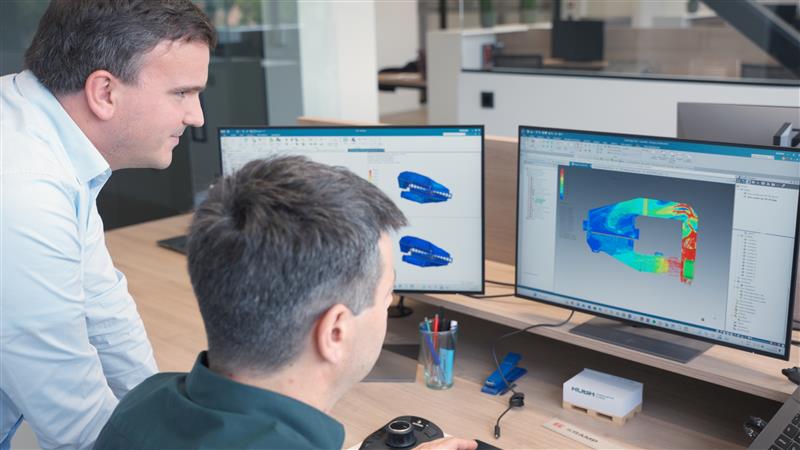
“You always need to put numbers, magic numbers, into the model. Since you’re not always certain about the product’s chemical composition. That’s where the tests come up,” Bosmans explains. “We say, let’s take the product of the client. Let’s put it in a certain thermal atmosphere and measure how it reacts. How fast does it heat up in a certain environment? How fast does it start to evaporate the liquid inside? And then we combine the two. That’s where the magic happens — because of course, we can’t run tests at full scale; it would be far too expensive. Instead, we conduct small-scale tests and use that data as input for the model. From there, we can scale the model up to full size. Evidence-based engineering is critical for us. We’re very good at collecting precise measurements and using them to feed our digital twins.”
This synergy between empirical evidence and advanced modeling significantly reduces uncertainty and accelerates the transition from prototype to production scale.
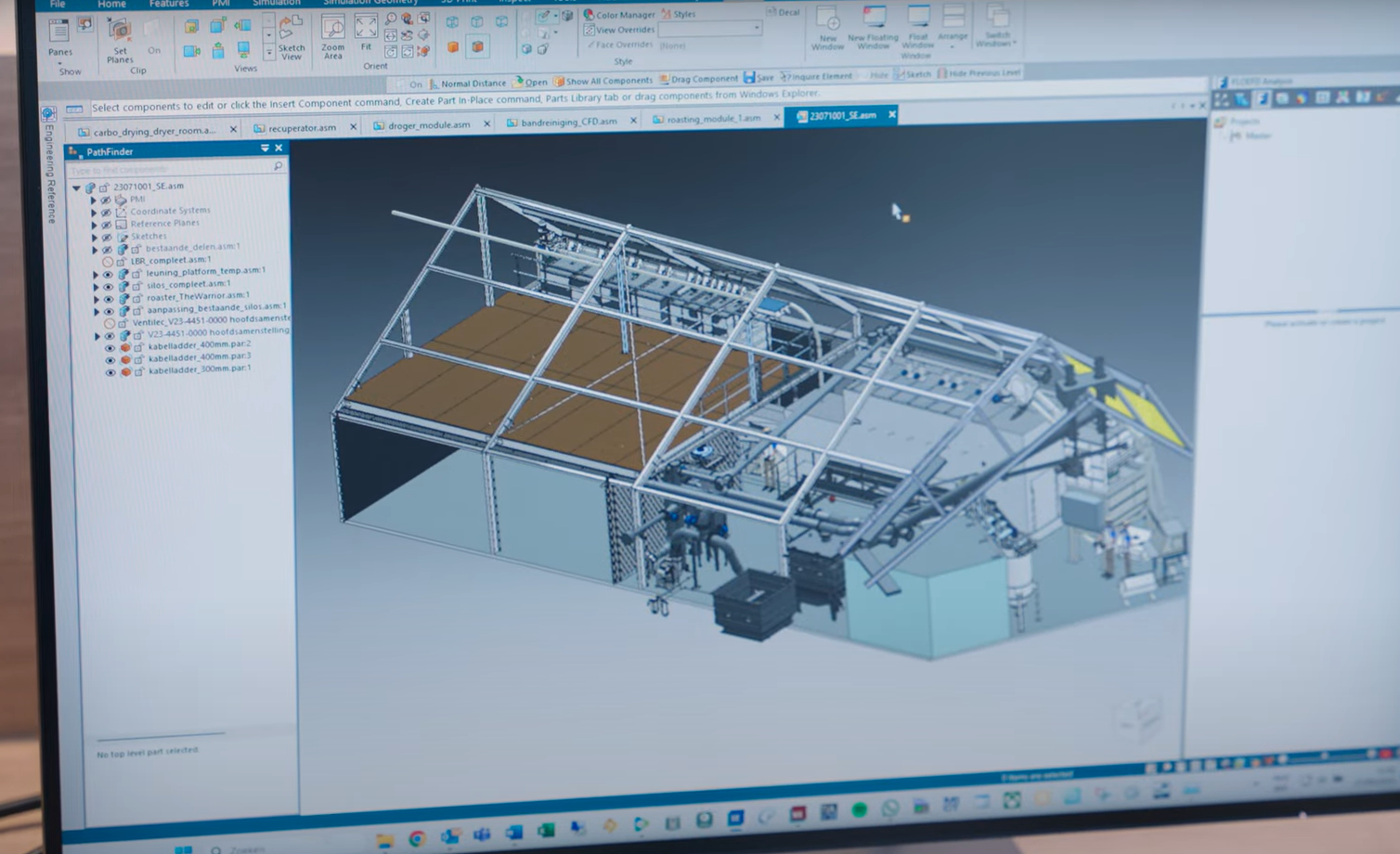
Critical Engineering for Coffee
CEE’s innovative reach extends beyond food processing into the construction materials sector, as well. Despite the apparent differences between these industries, both require sophisticated thermal management. CEE’s cross-sector expertise enables them to transfer insights and technological advancements seamlessly between different industries, continually driving innovation and efficiency improvements.
Looking to the future, CEE remains committed to broadening its global impact. Recognizing the limitations of regional markets, the company has proactively expanded its operational presence to North America, aiming to effectively serve its growing global client base. CEE’s strategic decision to focus deeply within their niche expertise rather than broadly diversifying their services ensures sustained specialization, innovation and competitive advantage.
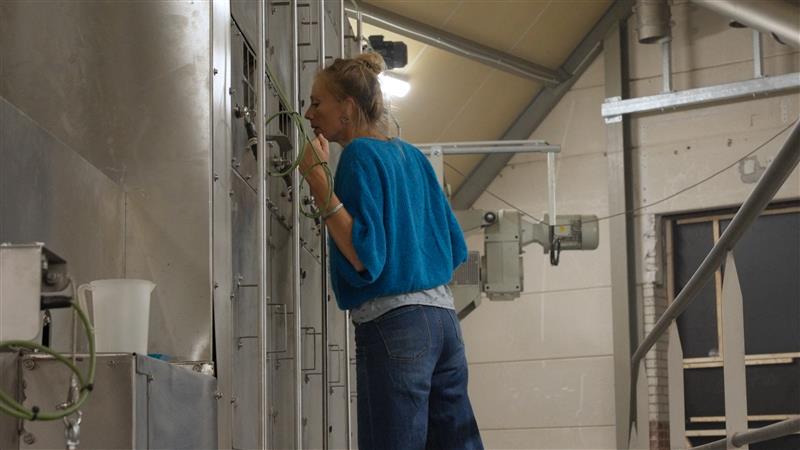
“If you want to grow, you should go abroad. Because we are a Belgium-based company now, I cannot sell 50 dryers per year in Belgium. That’s impossible. The market is much too small. So then the question is, do we expand our services? Or do we say, no, we want to stay the specialist in our niche? We have clearly chosen this second option. But the result is then that we need to follow the clients wherever they go,” says Bosmans.
“That’s exactly what we’re doing right now. Our customers are pushing us to expand our expertise — and I think that’s a good thing. There’s nothing better than smart clients; they challenge you to reach the highest possible level.”
Ultimately, CEE’s mission goes beyond mere technological advancements. It embodies a vision where environmental sustainability and economic success are mutually reinforcing goals. By continuously pushing technological boundaries and leveraging tools like Solid Edge and embedded Simcenter FLOEFD, CEE provides a compelling example of how engineering innovation can offer pragmatic solutions to global environmental challenges.
Visit the Siemens blog to learn more about the CEE success story.
